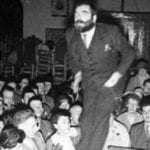 Politics
Politics  Politics
Politics  Weird Stuff
Weird Stuff Ten Bizarre Facts About The Doge Meme
 Our World
Our World 10 Ways Your Christmas Tree Is More Lit Than You Think
 Movies and TV
Movies and TV The 10 Coolest Stars to Set Sail on The Love Boat
 History
History 10 Things You Didn’t Know About the American National Anthem
 Technology
Technology Top 10 Everyday Tech Buzzwords That Hide a Darker Past
 Humans
Humans 10 Everyday Human Behaviors That Are Actually Survival Instincts
 Animals
Animals 10 Animals That Humiliated and Harmed Historical Leaders
 History
History 10 Most Influential Protests in Modern History
 Creepy
Creepy 10 More Representations of Death from Myth, Legend, and Folktale
 Politics
Politics 10 Political Scandals That Sent Crowds Into the Streets
 Weird Stuff
Weird Stuff Ten Bizarre Facts About The Doge Meme
 Our World
Our World 10 Ways Your Christmas Tree Is More Lit Than You Think
Who's Behind Listverse?

Jamie Frater
Head Editor
Jamie founded Listverse due to an insatiable desire to share fascinating, obscure, and bizarre facts. He has been a guest speaker on numerous national radio and television stations and is a five time published author.
More About Us Movies and TV
Movies and TV The 10 Coolest Stars to Set Sail on The Love Boat
 History
History 10 Things You Didn’t Know About the American National Anthem
 Technology
Technology Top 10 Everyday Tech Buzzwords That Hide a Darker Past
 Humans
Humans 10 Everyday Human Behaviors That Are Actually Survival Instincts
 Animals
Animals 10 Animals That Humiliated and Harmed Historical Leaders
 History
History 10 Most Influential Protests in Modern History
 Creepy
Creepy 10 More Representations of Death from Myth, Legend, and Folktale
20 Incredible And Thought-Provoking World War II Photos
As has been said time and time again, it is of the utmost importance that we look to the past to ensure that we learn from our mistakes, to ensure that our future is better than our history, and to ensure that the most horrific and evil elements of history do not repeat themselves. These humbling photos of bravery, terror, and resilience during World War II will hopefully stand as a sobering and timeless reminder of what humanity is capable of.
20 Prisoners As Targets
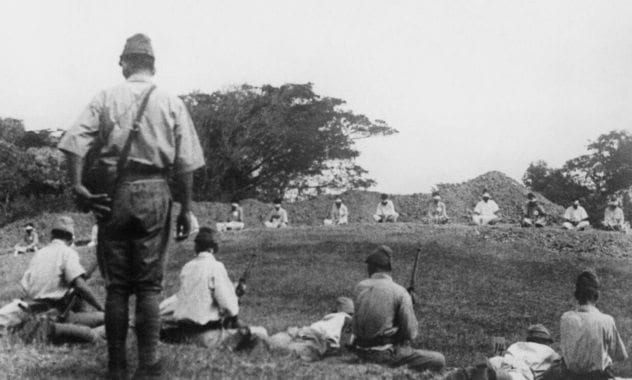
Prior to the outbreak of World War II, several international laws prohibiting the mistreatment of prisoners of war (POWs) already existed. However, these laws were frequently either “bent” or completely ignored as the war raged on. Here, Sikh prisoners await an untimely death at the hands of their Japanese captors. Although all participating nations broke the rules to some extent when it came to POW treatment, most historians agree that the Japanese were the worst offenders.
19 Glimpse Of Humanity
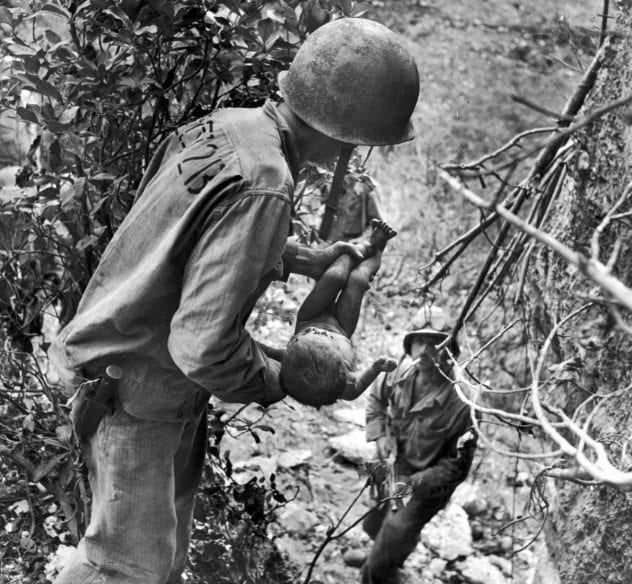
Even during history’s darkest hours, there are glimmers of decency and humanity. And although many prisoners and casualties of war were treated horrifically or left to die, some were given a rare second chance at the hands of their enemies. Such “luck” befell this infant, whom a US soldier is carrying to safety after the Battle of Saipan.
18 D-Day
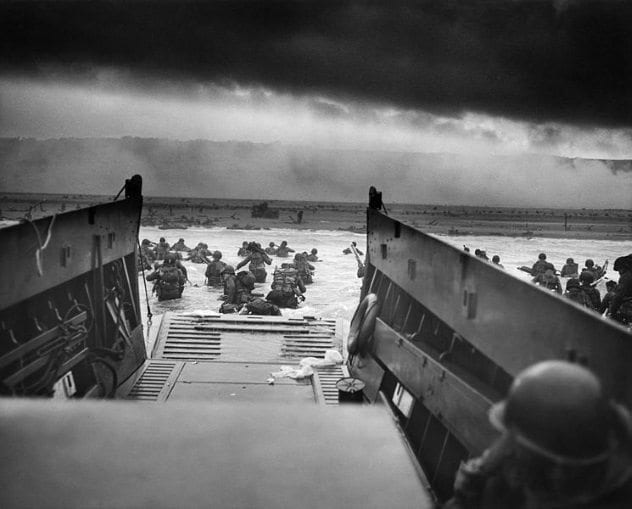
Perhaps the most famous event of World War II, the Invasion of Normandy, which was nicknamed “Operation Overlord” and carried out by the Allies as the largest amphibious assault in history, was launched on the northern coast of France on June 6, 1944. The landing, although ultimately a success, came at the cost of over 209,000 Allied casualties. Many soldiers died before even reaching the beach.
17 Easy Way Out
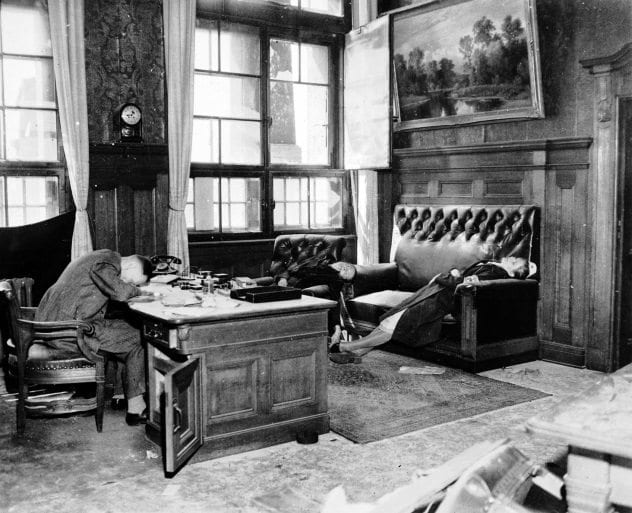
Of course, a large majority of deaths during World War II took place in the midst of battle or in concentration camps, but there were other ways to die as well. As the war began to reach its inevitable conclusion, and it became clear that the Allies would be victorious, many German administrators, such as Ernst Lisso (pictured above), chose to kill themselves rather than face almost certain execution at the hands of the Allies for crimes committed during the war.
16 Guadalcanal
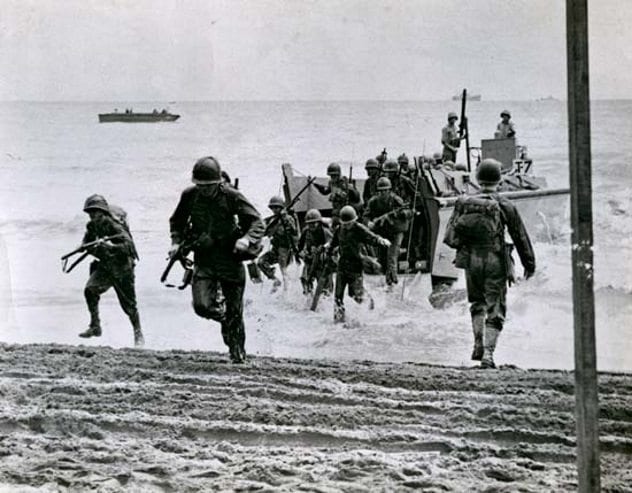
The legendary Battle of Guadalcanal (code-named “Operation Watchtower”) was fought on the island of Guadalcanal in the Pacific between August 1942 and February 1943 and marked the first major offensive against the Japanese by the Allies. Until then, the Allies had employed a “Europe First” strategy, since it was imperative to stop the surprisingly swift expansion of German-held territory. However, it soon became clear that complete Japanese control of the Pacific would be almost equally problematic, and it was only after the Allied victories in both Guadalcanal and New Guinea that the Japanese began to lose their momentum.
15 Constant Fear
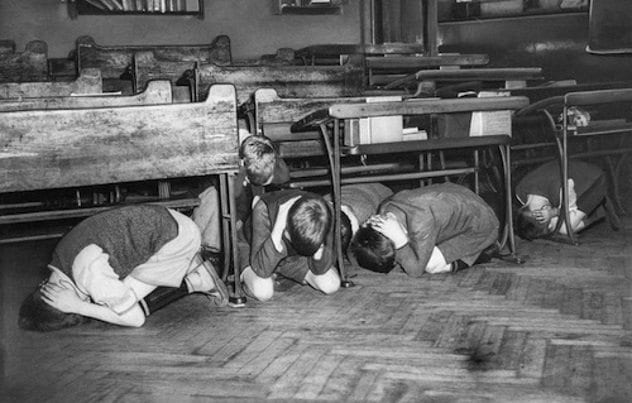
With seemingly endless bombing campaigns reducing cities to rubble, those lucky enough to not be directly engaged in combat still often lived in constant fear of death. Pictured above are British schoolchildren during an air raid drill. It is unlikely that either their wooden desks or their hand placement would have provided much protection had they suffered a direct hit from a German bomb.
14 Seeking Shelter
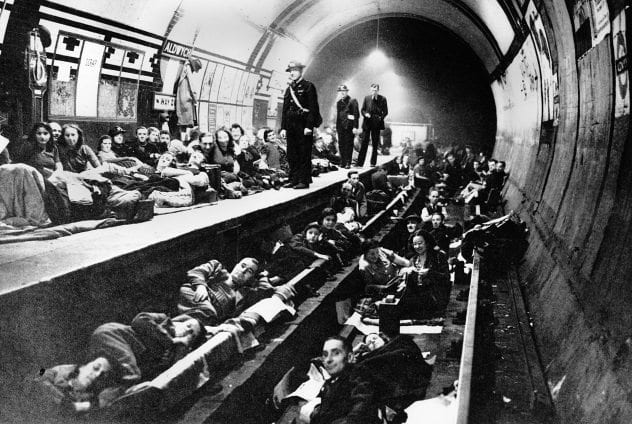
While most schoolchildren cowered under desks during bombing raids, adults who were out and about when terror struck often had to flee to the nearest underground Tube station to minimize their chances of being killed, such as these Londoners pictured during a German air raid. While the Tube offered a relatively high level of protection, those sheltered there could still find themselves confined to their new tubular home for days, with bombs occasionally penetrating the shallower parts of the stations.
13 An Unexpected Ditch
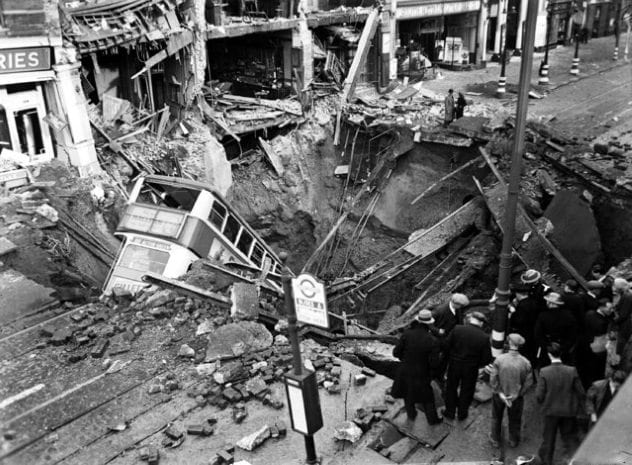
Due to the indiscriminate and constant nature of much of the bombing that took place during World War II, even those who did their best to reach shelter at the beginning of a raid often failed to act quickly enough. Such was the case for the passengers aboard this London bus.
12 Tides Turn For Japan
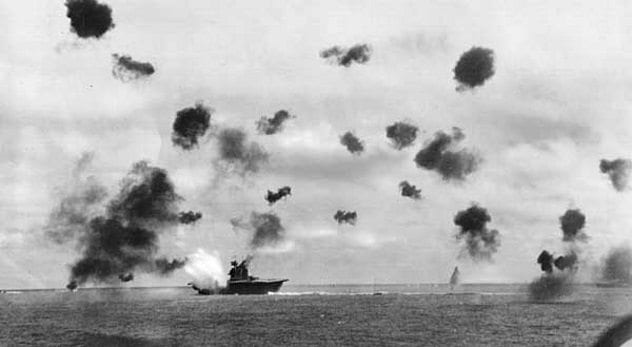
During the Battle of Midway, Japanese dominance of the Pacific was finally called into question. From June 3 to June 7, 1942—only six months after the Japanese had devastated the US fleet at Pearl Harbor—the US dealt Japan a decisive and crippling blow in the Pacific, leaving four carriers, one heavy cruiser, and 248 Japanese aircraft destroyed in the aftermath. Roughly 3,057 Japanese were killed during the campaign, as opposed to only 307 Americans.
11 Collision
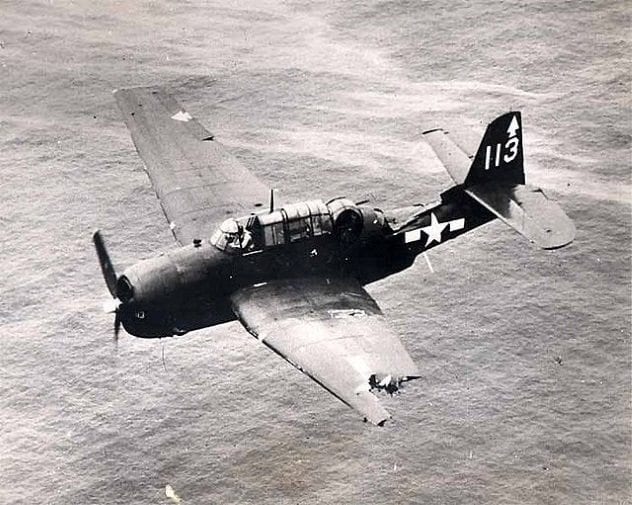
Although many troops during the war sought the prestige of air combat over the grueling realities of fighting on the ground, pilots were also forced to endure an almost endless array of terrors in the sky. Technical difficulties leading to engine failures were not uncommon, and those lucky enough to avoid being shot down in a firefight were also vulnerable to midair collisions, as was the case for this unfortunate airman.
10 Bombing For Revenge
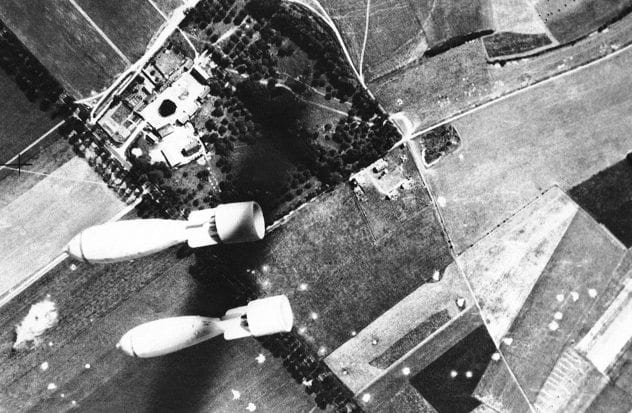
For a large part of the war, the Germans reigned supreme when it came to aviation. Their illustrious and feared Luftwaffe, led by Hermann Goering, was by far the largest and most powerful air force during World War II. They devastated London in the Battle of Britain. Here, however, the British take at least a small amount of revenge, as they bomb the German-occupied Abbeville Aerodrome in France.
9 Battle Of Kursk
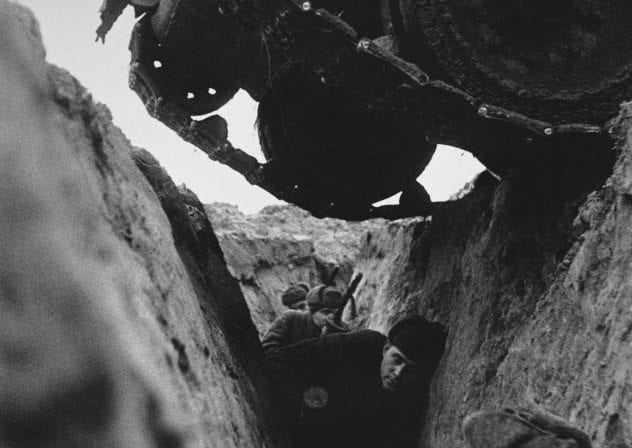
Terror presented itself in all forms during World War II, and sometimes, it was terrifying even to be in the company of your own brethren. Here, a Russian soldier hopes that the dirt around his trench does not give way to the massive Russian T-34 tank that is trying to gain a better position during the Battle of Kursk, which took place between German and Soviet forces in July and August 1943.
8 Compassion
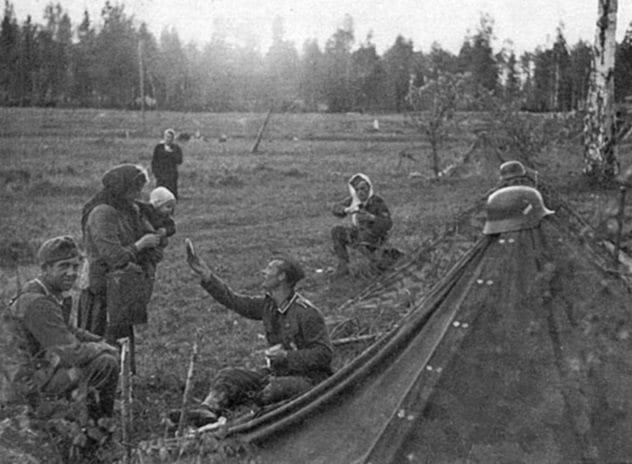
War is Hell. It can turn men who would otherwise be kind and loving into barbarous monsters capable of untold destruction, torture, and inhumanity. Sometimes, however, humanity prevails, as was the case for this German soldier, who chose to relinquish some of his food rations to a starving Russian POW and her daughter.
7 Things Are Not What They Seem
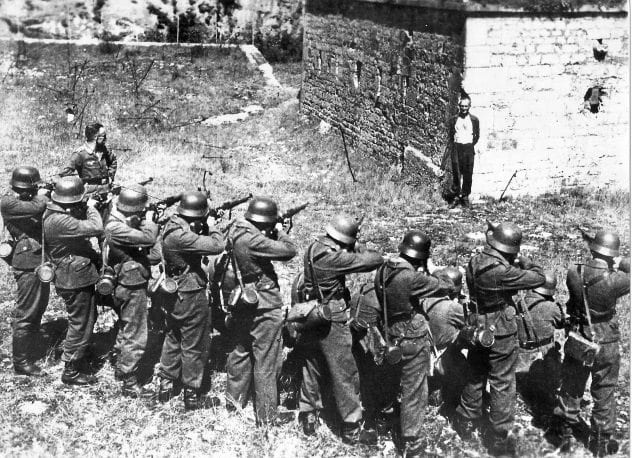
Although it looks as though Georges Blind, the man facing a line of German rifles in this photo, is about to be executed, it was all a lie. The Germans were only attempting to extract information from Blind, a member of the French Resistance movement. When Blind refused to divulge what the Germans were after, the guns were lowered, and he was instead sent to a concentration camp, where he died almost immediately.
6 Strange Beauty
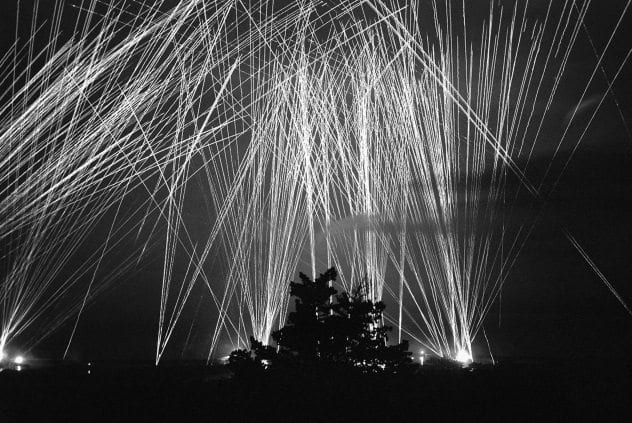
During bombing raids of any kind, it was not uncommon for cities to undergo “blackouts,” wherein all houses were ordered to eliminate all light, which would theoretically make it harder for enemy aircraft to find targets. Occasionally, however, such light was unavoidable, especially when antiaircraft fire such as that pictured here above Algiers lit up the sky in its entirety.
5 Resolute
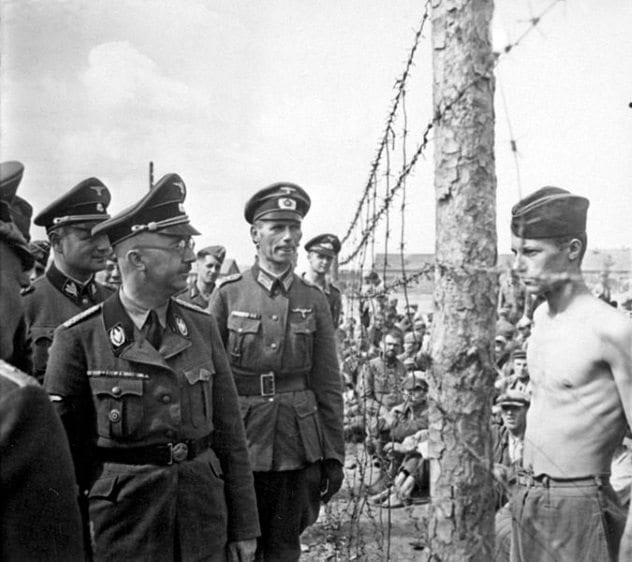
In this iconic photo, British POW Horace Greasley stares down one of the top figures of the Nazi Establishment: Heinrich Himmler. Seen here touring one of the many German POW camps in operation, Himmler was the leader of the dreaded Nazi SS and was the primary overseer of the concentration camps that systematically slaughtered millions of people.
4 Defeat
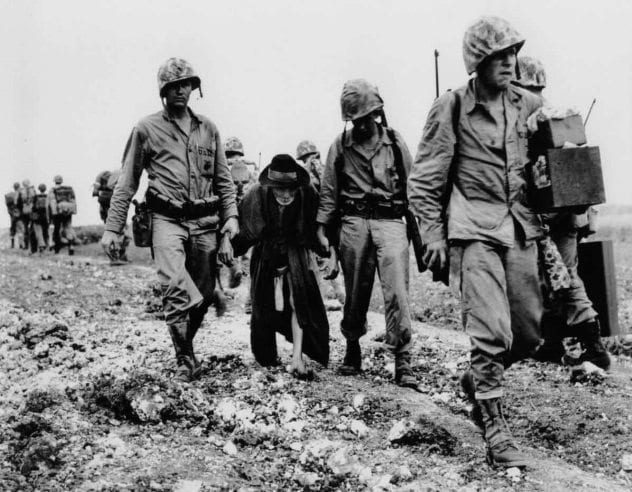
As part of the Allies’ quest to rid the Pacific of Japanese control, a strategy of “island hopping” was implemented, which led the Allies to systematically gain control of several prominent Japanese-held islands. One such island was Okinawa. Although the Allies were ultimately victorious, the victory was hard-won, and the Japanese insistence on fighting to the end during this engagement was one of the reasons the atomic bomb was ultimately deemed necessary.
3 Endgame
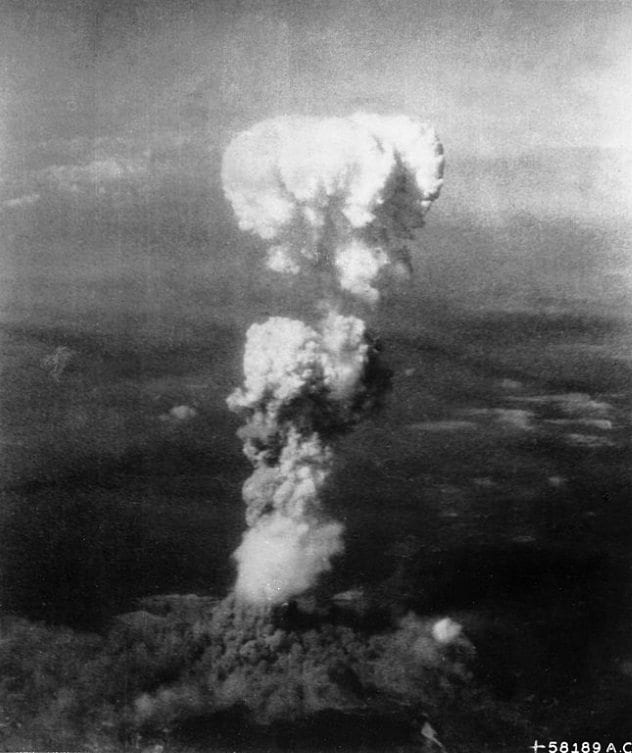
Although World War II brought untold devastation in a variety of forms, the devastation of the atomic bomb (nicknamed “Little Boy”) that was dropped over Hiroshima on August 6, 1945, was the most severe. US officials deliberated whether or not to use the bomb. They finally justified its use on the grounds of it being a “necessary evil” as well as the fact that if they didn’t drop such a devastating device, the Japanese would continue to fight until the last man—ultimately leading to more death and destruction.
2 Devastation
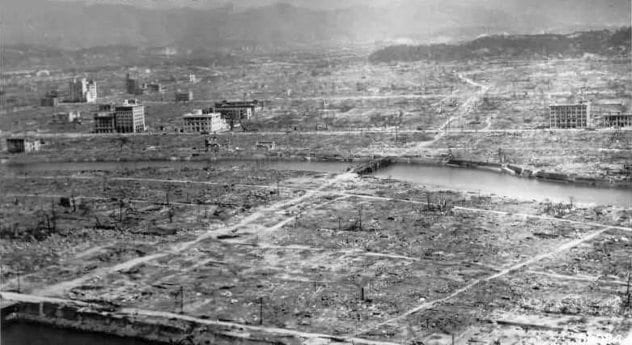
After the bomb was dropped, roughly 12.2 square kilometers (4.7 mi2) of the city of Hiroshima had been destroyed, with buildings reduced to irreparable rubble. The intensity of the blast also immediately began a series of powerful fires, which quickly burned down any homes that had been lucky enough to remain standing.
1 Second Strike
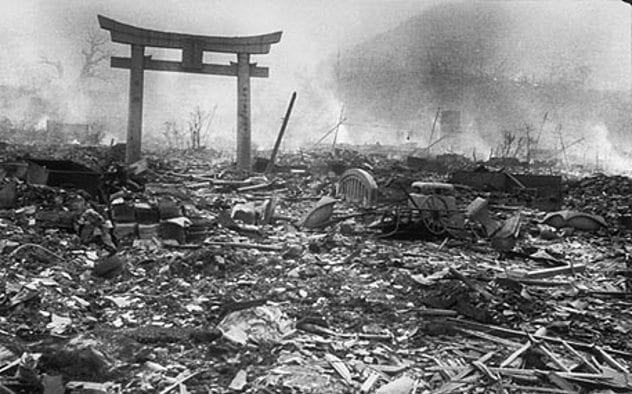
Only three days after Little Boy was dropped on Hiroshima, another atomic bomb (this time nicknamed “Fat Man”) was dropped over the city of Nagasaki. Although Fat Man was a more powerful bomb, Nagasaki’s numerous hillsides and narrow valleys helped to reduce some of the fallout and damage. While most historians agree that dropping the first atomic bomb was justified, many question whether or not President Truman should have dropped the second bomb—as opposed to waiting for a potential Japanese surrender.
Although the physical terrain of Nagasaki helped to reduce the devastation to some extent, this was of course relative to the unprecedented impact of the first type of bomb in history to harness the power of the atom and produce energy comparable to roughly 20,000 tons of dynamite. One can take a small degree of solace, however, in the fact that this bomb officially ended the most devastating war in human history.
+ Shell-Shocked
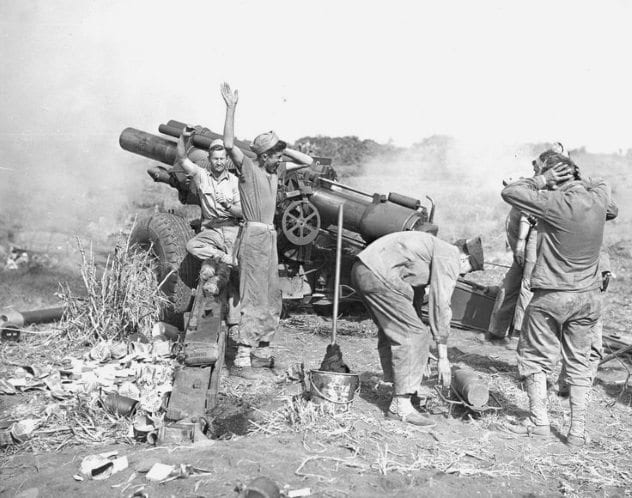
Although World War I was technically the first major war to take place during the industrialized age, World War II brought a wide array of far more powerful weaponry. These modern guns, tanks, and explosives were deafening to both the user and recipient, and many soldiers suffered permanent hearing loss as a result.






